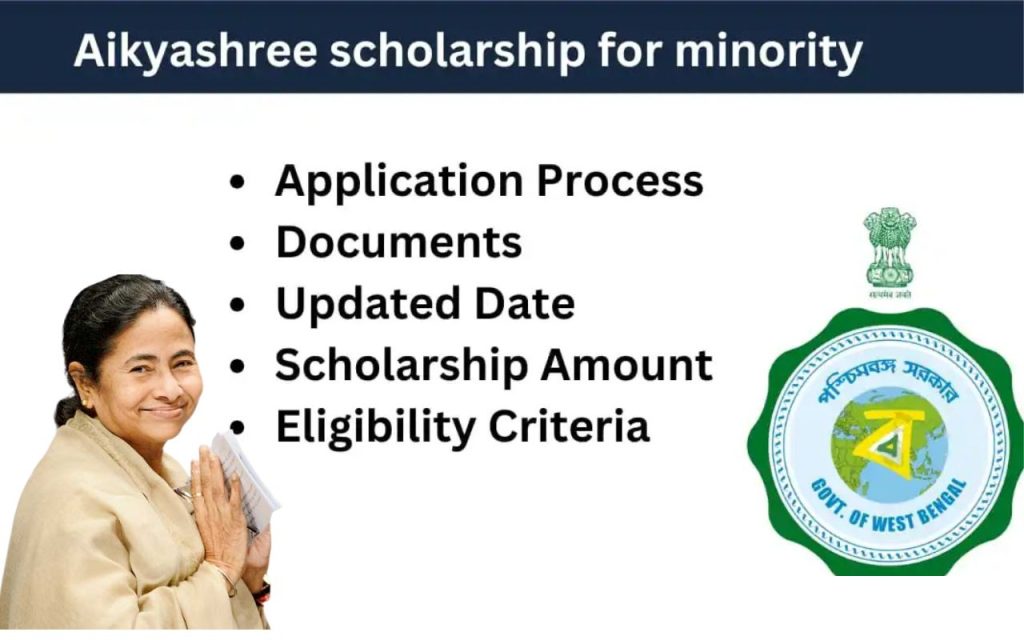Book marketing has undergone a remarkable transformation over the past century. What once relied almost entirely on bookstores, print ads, and word-of-mouth has expanded into a dynamic, digital-driven ecosystem that empowers authors and publishers alike. Understanding how book marketing has evolved helps writers navigate the modern landscape and choose the strategies that work best in today’s competitive market.
Traditional Beginnings: Bookstores and Print Media
In the early days of publishing, best book marketing was heavily controlled by large publishers and physical bookstores. Most promotional efforts focused on print advertising, book tours, newspaper reviews, and in-store displays. Success depended largely on distribution power and relationships with retailers. Authors had little direct involvement in marketing, and readers discovered new books through limited channels.
Rise of Mass Media and Bestseller Culture
As radio and television became part of daily life, book promotion began reaching broader audiences. Interviews, televised author appearances, and high-profile literary reviews created new pathways for visibility. The concept of the “bestseller list” also gained prominence, influencing consumer behavior and shaping public perception of what was worth reading. Marketing remained expensive and somewhat exclusive, but its reach was expanding.
The Shift to Digital: Online Retailers and Ebooks
The arrival of the internet marked a turning point. Online retailers changed how books were discovered, purchased, and promoted. Amazon’s rise introduced customer reviews, recommendation algorithms, and searchable metadata, creating opportunities for both large publishers and emerging authors. Ebooks further accelerated this shift by making publishing more accessible and lowering production costs. Digital storefronts became essential for visibility, pushing publishers to rethink their marketing strategies.
Social Media and Reader Communities
The emergence of social media platforms reshaped book marketing almost overnight. Authors gained the ability to connect directly with readers through posts, livestreams, and behind-the-scenes content. Hashtag-driven communities like BookTok and Bookstagram began influencing purchasing trends more powerfully than traditional advertising. Instead of relying solely on publishers, writers built personal brands, launched newsletters, and grew loyal fanbases who actively promoted their work.
Data-Driven Marketing and Personalization
Today’s book marketing landscape is driven by analytics and targeted promotion. Publishers and authors use data to understand reader interests, track engagement, and refine advertising campaigns. Digital ads, search optimization, influencer partnerships, and automated email campaigns allow for precise interaction with potential readers. In this environment, many authors seek support from a professional profile who specializes in the best book marketing strategies to help them compete in an increasingly crowded market.
Future Trends: AI, Interactivity, and Global Reach
Looking ahead, artificial intelligence and interactive platforms are poised to shape the next stage of evolution. AI assists with personalized recommendations, automated content creation, and audience insights. Interactive storytelling, virtual book events, and global distribution tools are expanding author reach beyond geographical boundaries. The publishing world continues to adapt as technology evolves, giving authors more control and readers more choices.
Final Thoughts
The evolution of book marketing reflects broader shifts in technology, communication, and consumer behavior. From print ads and bookstore shelves to social media and data-driven campaigns, the industry has continuously reinvented itself. For authors and publishers, understanding this progression is key to navigating modern challenges and seizing new opportunities. While tools and strategies will continue to evolve, one principle remains constant: connecting the right book with the right readers is at the heart of every successful marketing effort.



